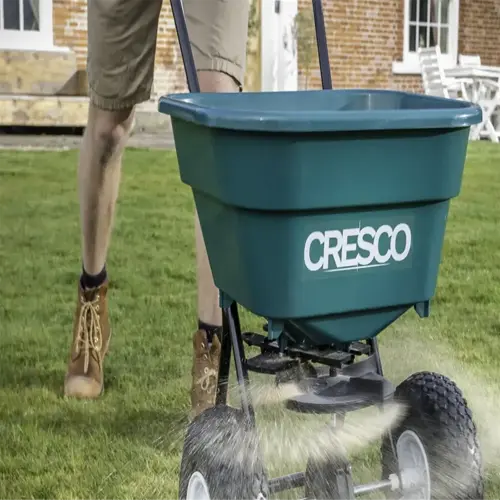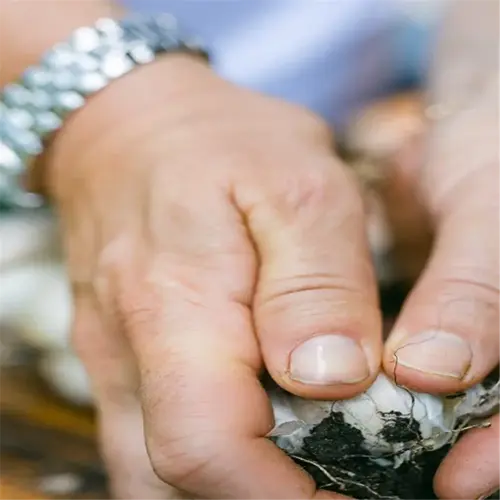Why isn't my hydrangea blooming after pruning?

Written by
Paul Reynolds
Reviewed by
Prof. Charles Hartman, Ph.D.Hydrangeas failing to bloom after pruning usually results from the incorrect timing of pruning. Old wood methods pruned in fall or spring cause the loss of buds. Aggressive pruning can stress plants and cause them to devote energy to leaf production as opposed to flowering, because last year, a client's bigleaf hydrangea did not flower after cutting a bit much in the summer prior. They've since identified and corrected the problem as long as they remain patient.
Pruning Errors
- Cutting old wood varieties after August bud formation
- Removing over 30% of plant mass in one season
- Using dull tools that tear stems instead of clean cuts
Soil & Environment
- High alkalinity (pH >7.5) blocks nutrient uptake
- Frost damage to buds in zones 5-6 without protection
- Excessive nitrogen promoting leaves over blooms
First, test for soil pH before modifying, as bigleaf hydrangeas require a pH of 5.2-5.5 to yield blue blooms. A client's mophead with pink blooms did not bloom due to a pH of 7.8. Adding aluminum sulfate over 8 weeks resulted in lower acidity and overall restoration of the hydrangea. Notably, I paired testing the pH of the soil with selective pruning to trigger an overall recovery.
Read the full article: When to Prune Hydrangeas: A Step-by-Step Guide

